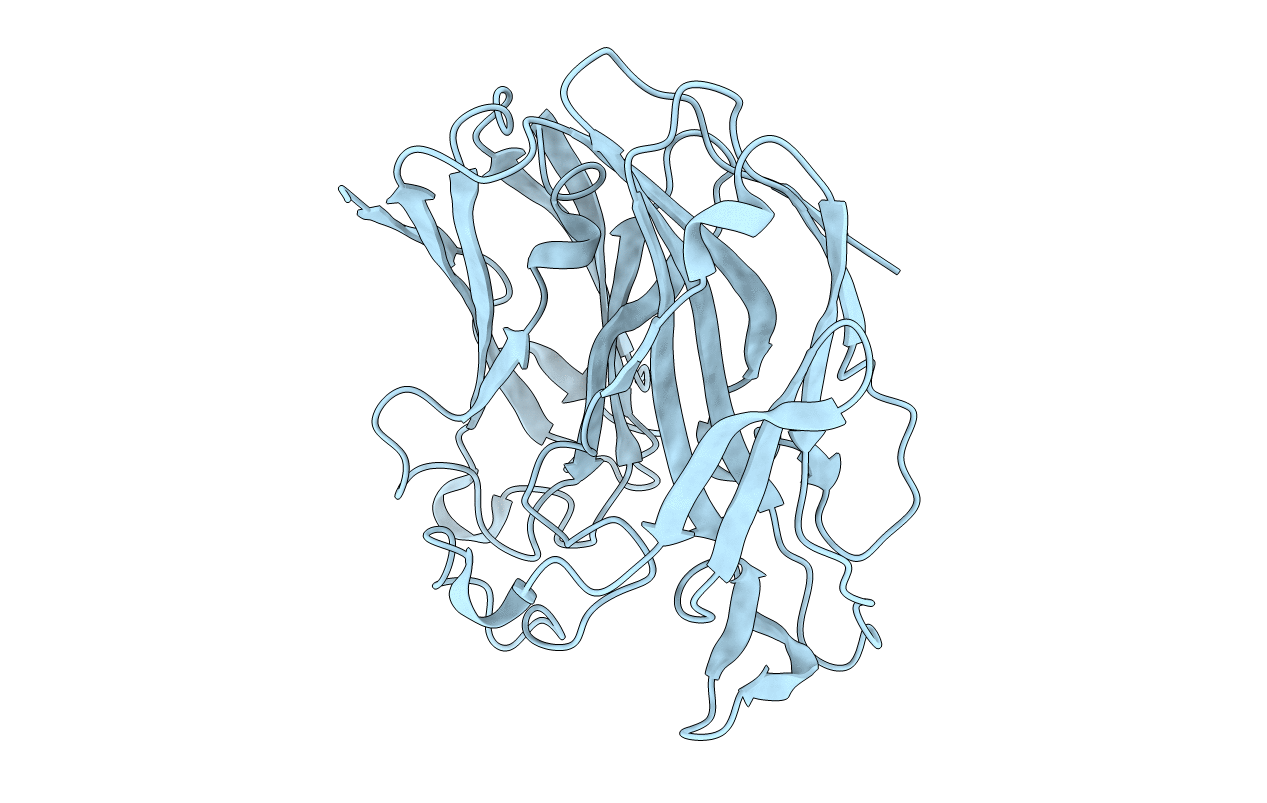
Deposition Date
1994-10-06
Release Date
1995-01-26
Last Version Date
2024-11-06
Entry Detail
PDB ID:
1PGS
Keywords:
Title:
THE THREE-DIMENSIONAL STRUCTURE OF PNGASE F, A GLYCOSYLASPARAGINASE FROM FLAVOBACTERIUM MENINGOSEPTICUM
Biological Source:
Source Organism:
Elizabethkingia meningoseptica (Taxon ID: 238)
Method Details:
Experimental Method:
Resolution:
1.80 Å
R-Value Observed:
0.16
Space Group:
P 21 21 2


